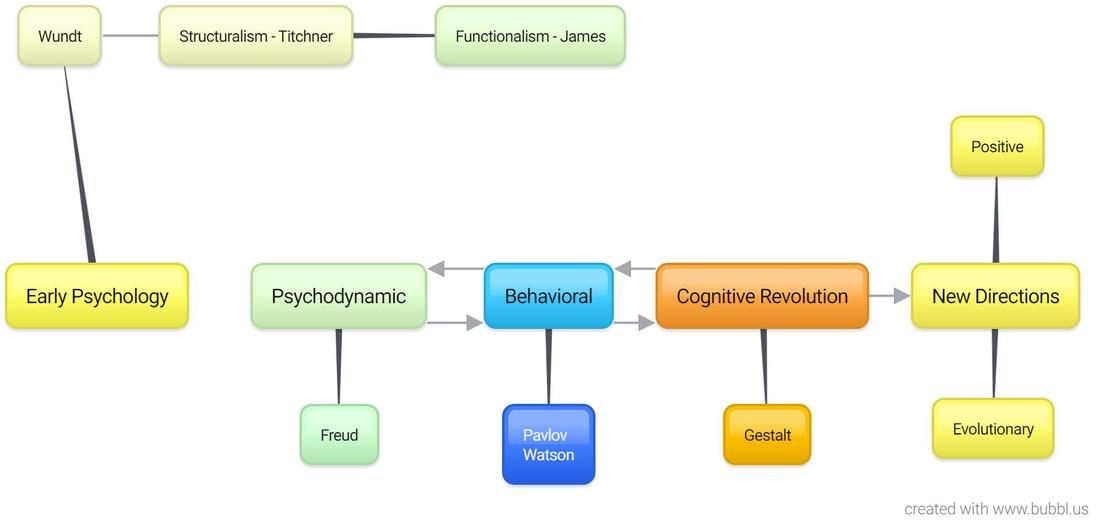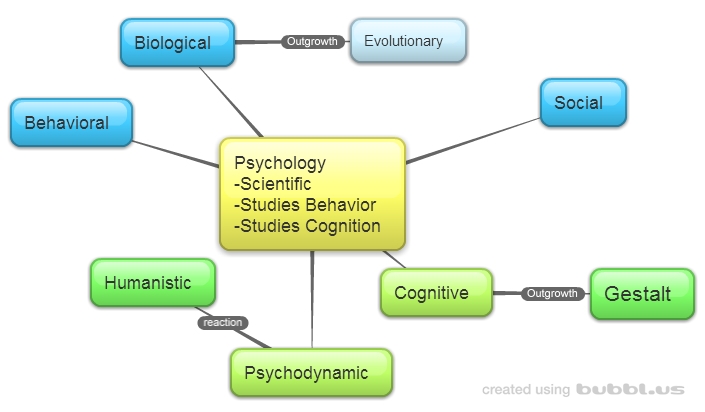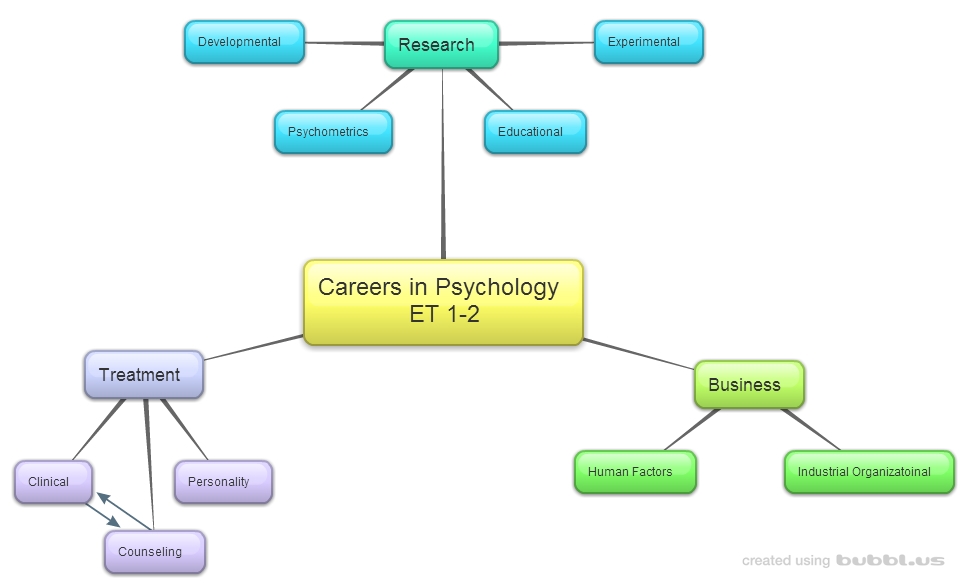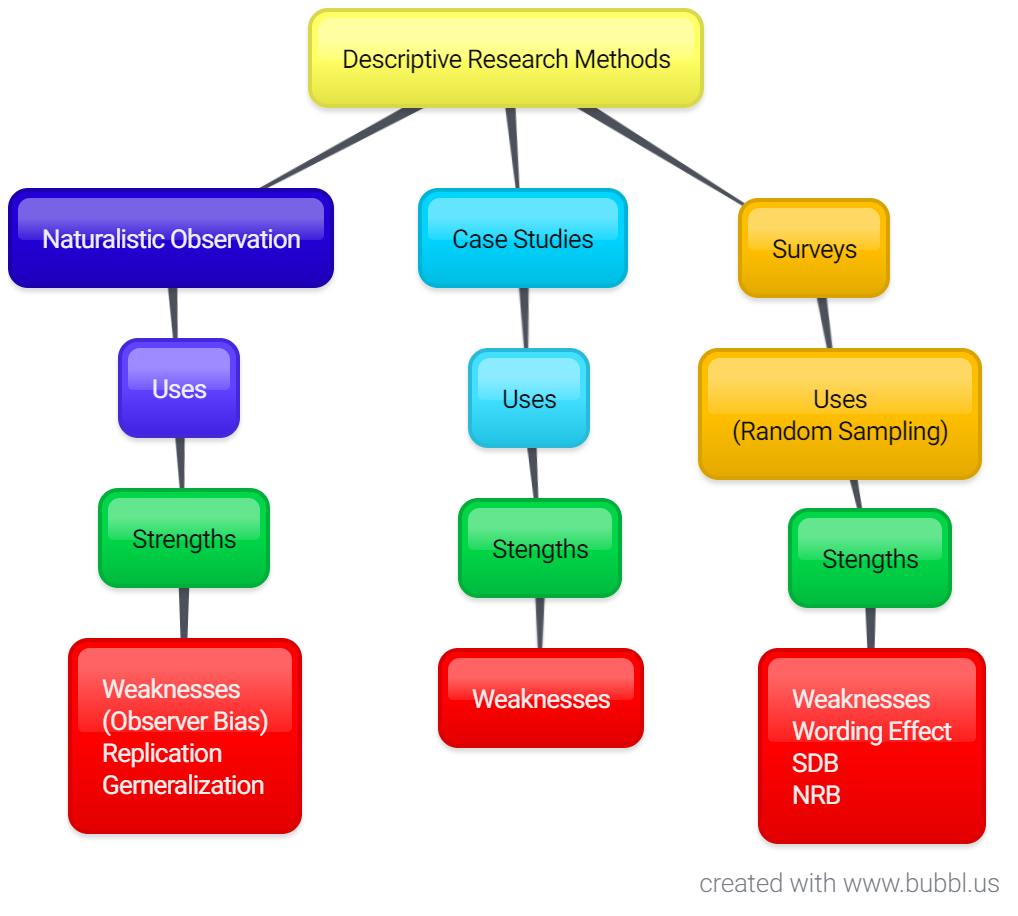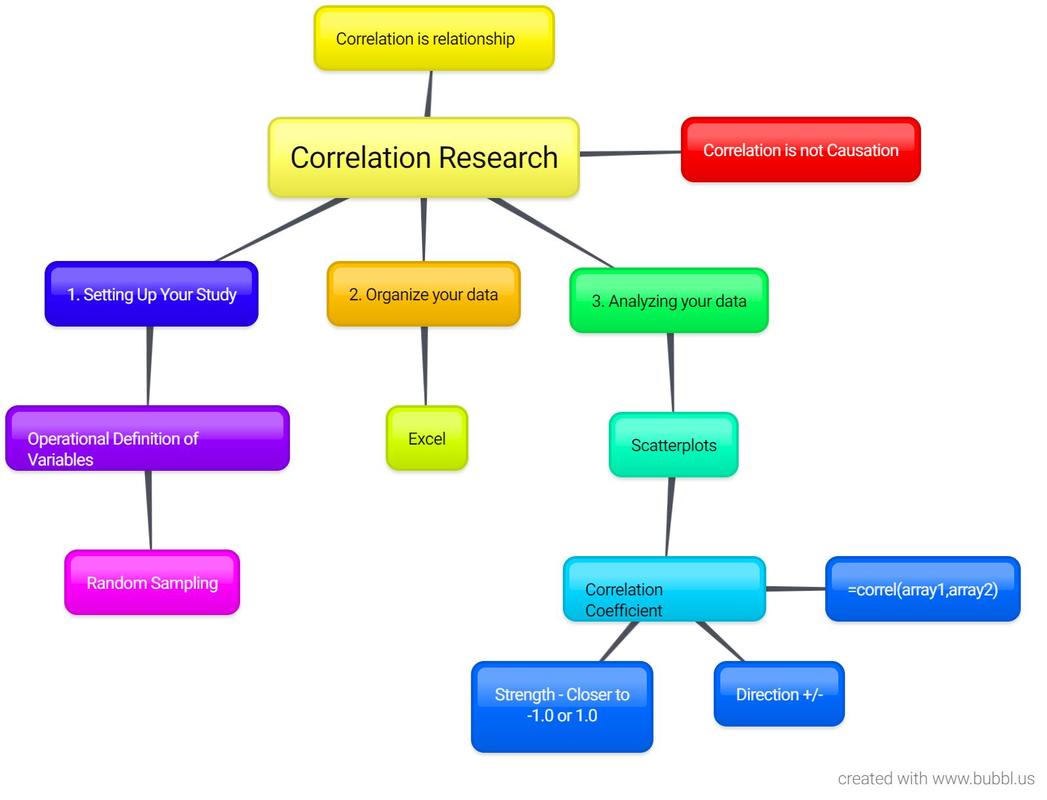Unit 1: Scientific Foundations of Psychology
Foundations of Psychology Class Notes
Foundations of Psychology Unit Overview
Learning Journal
How to write an FRQ
1.1: Introducing Psychology Part A
|
Part A.1
A. Recognize how philosophical and physiological perspectives shaped the development of psychological thought. B. Identify the research contributions of major historical figures in psychology.
Describe the Modern Approaches to Psychology: Psychoanalytic/Psychodynamic, Humanism, Evolutionary, Biological, Cognitive, Biopsychosocial, Sociocultural |
1.1: Introducing Psychology Part B
|
D. Recognize the strengths and limitations of applying theories to explain behavior.
E. Distinguish the different domains of psychology.
|
1.2: Research Methods in Psychology Part A - Overview
|
F. Differentiate types of research with regard to purpose, strengths, and weaknesses.
|
1.2: Research Methods in Psychology - Part B - Descriptive
|
F. Differentiate types of research with regard to purpose, strengths, and weaknesses.
|
1.2: Research Methods in Psychology - Part C - Correlational
|
F. Differentiate types of research with regard to purpose, strengths, and weaknesses.
|
1.3 The Experimental Method
|
H. Identify independent, dependent, confounding, and control variables in experimental designs.
I. Describe how research design drives the reasonable conclusions that can be drawn.
|
1.5 Statistical Analysis in Psychology
|
L. Apply basic descriptive statistical concepts, including interpreting and constructing graphs and calculating simple descriptive statistics.
|
1.6 Ethical Guidelines in Psychology
|
N. Identify how ethical issues inform and constrain research practices.
O. Describe how ethical and legal guidelines protect research participants and promote sound ethical practice.
|
Helpful Links
Kahoot review game for this unit.
Correlation is not Causation - Would someone tell the media! Here is a list of articles that get this a bit confused.
Schools of Psychology Quiz from AP Psych Commune
Research Methods Quiz from AP Psych Commune
Correlation is not Causation - Would someone tell the media! Here is a list of articles that get this a bit confused.
Schools of Psychology Quiz from AP Psych Commune
Research Methods Quiz from AP Psych Commune
